Stralsund is the perfect choice if you are looking for a peaceful seaside getaway and if you love sightseeing and maritime history! One of the city’s most characteristic attractions is the Old Town, a UNESCO World Heritage Site. Walking through the cobbled streets, you will be transported back in time to the Middle Ages. The red-brick buildings symbolize the city’s Hanseatic heritage. Also worth a visit is the Church of St. Nicholas, which dominates the city skyline.
To understand Stralsund’s maritime past, visit the German Maritime Museum. Take a fascinating journey through centuries of seafaring history. The island of Rugia is easily accessible from Stralsund. Rugia is famous for its wonderful beaches, steep cliffs and charming seaside resorts, making it a paradise for tourists.
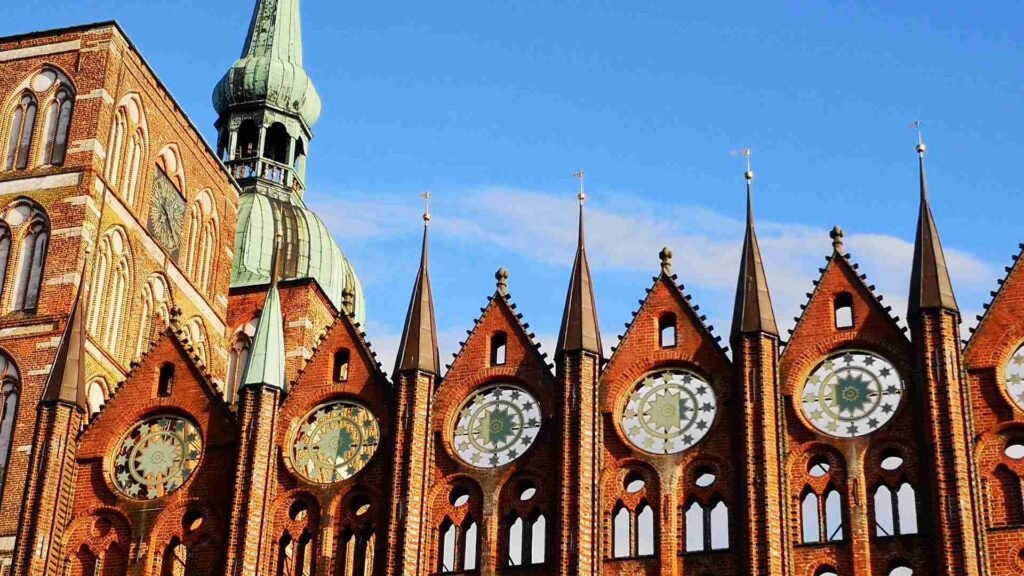
Location
Stralsund is a city located on the Baltic Sea coast in the German state of Mecklenburg-Vorpommern.
Ozeaneum in Stralsund
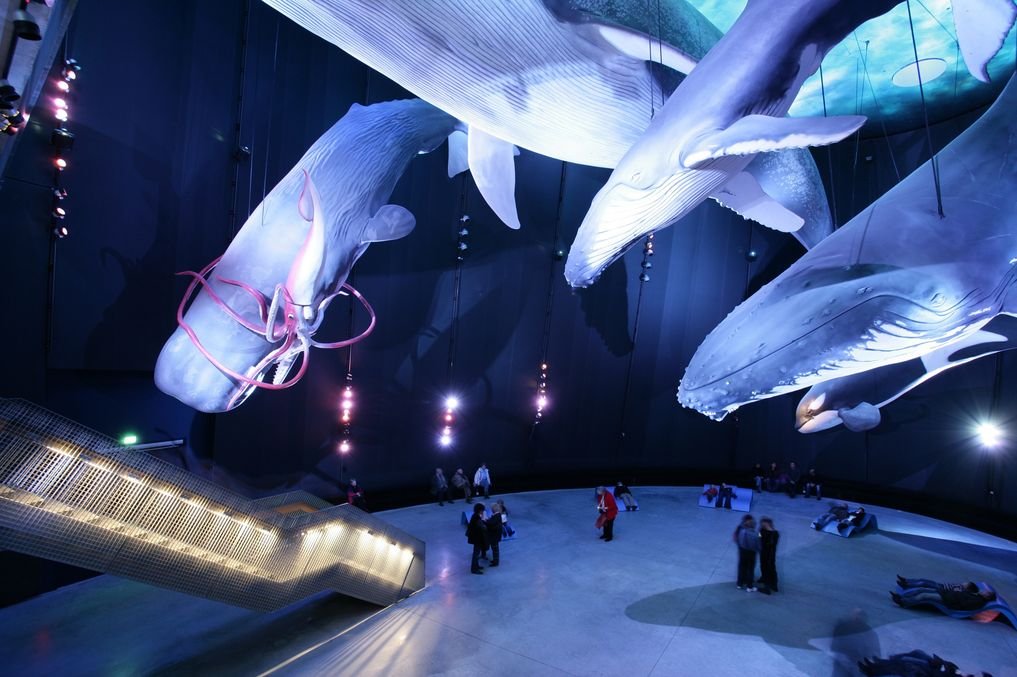
The Ozeaneum in Stralsund is a public aquarium and natural history museum that opened its doors in July 2008 and has become one of the main attractions of the German Oceanographic Museum.
The Ozeaneum presents marine life from the North and Baltic Seas in 50 aquariums and five modern permanent exhibitions. The museum provides general information about the seas, with a special focus on the Baltic Sea, offering both education and entertainment for visitors.
German Oceanographic Museum
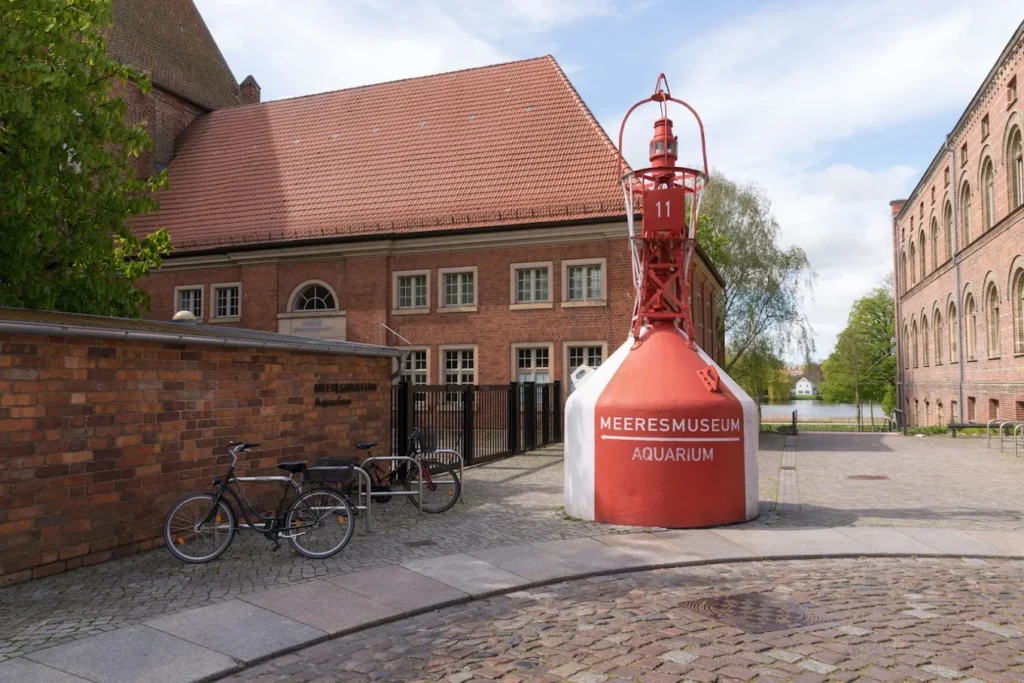
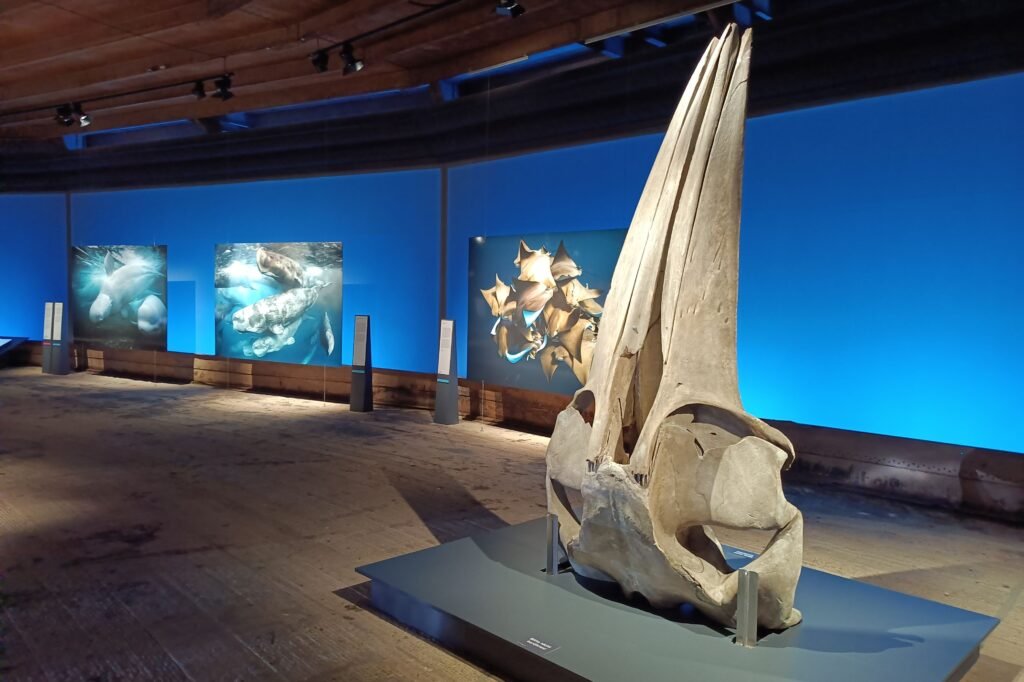
The German Oceanographic Museum, the most visited museum in northern Germany, presents maritime and oceanographic exhibitions.
As you wander through the museum, you will come across a variety of marine life, from vibrant coral reefs to majestic ocean giants. The museum’s unique approach to storytelling through exhibits helps visitors of all ages connect with the sea and understand the importance of protecting the marine environment.In addition to the exhibitions, the museum features an impressive aquarium that brings the underwater world to life.
Rügenbrücke
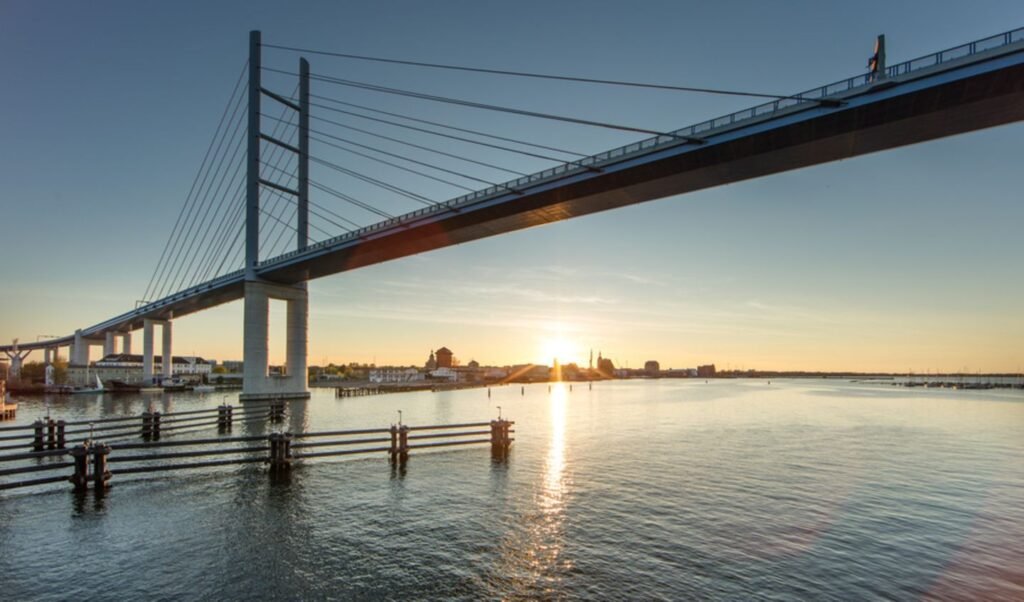
The Rügen Bridge is a bridge that spans the Strelasund Strait to the island of Rügen. It is Germany’s largest cable-stayed bridge open exclusively to motor traffic. It has a three-lane carriageway, used by up to 30,000 vehicles daily.
The Rügen Bridge was officially opened in August 2007. Chancellor Angela Merkel even attended the celebrations.In addition to the Rügen Bridge, there is a second bridge connecting the island to the mainland. This is the Ziegelgraben Bridge.
Gorch Fock
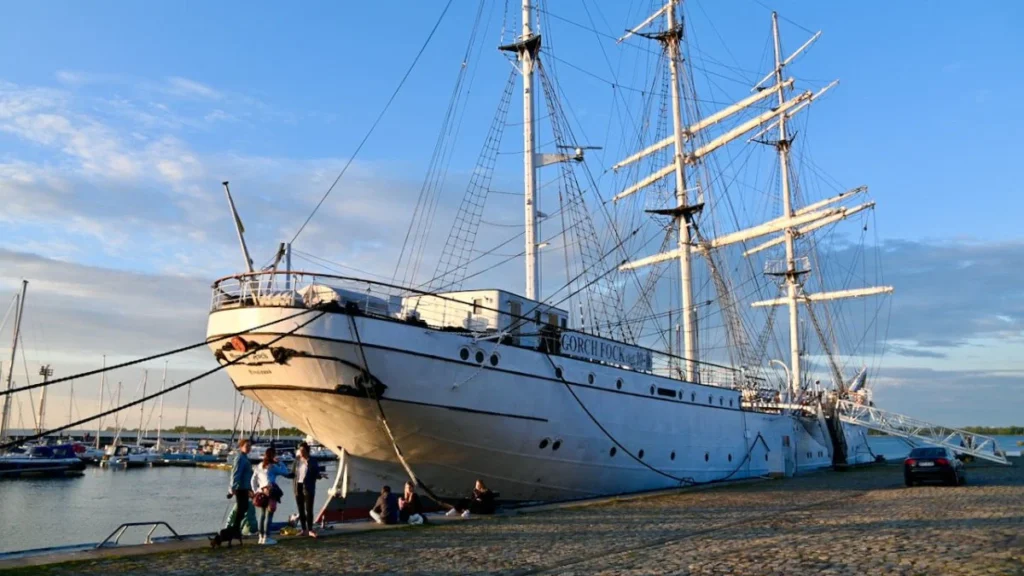
The Gorch Fock is a barque-rigged sail training ship built in 1933 by Blohm & Voss for the German Reichsmarine and named after the author Gorch Fock. From 1951 to the early 1990s, the ship served in the Soviet Merchant Navy under the name Tovarishsh (Russian: Товарищ, German: Genosse, German transcription Towarischtsch). The ship, operated by the German association “Tall-Ship Friends e.V. Stralsund,” has been berthed in Stralsund since 2003.
Stralsund Town Hall And St. Nicholas Church
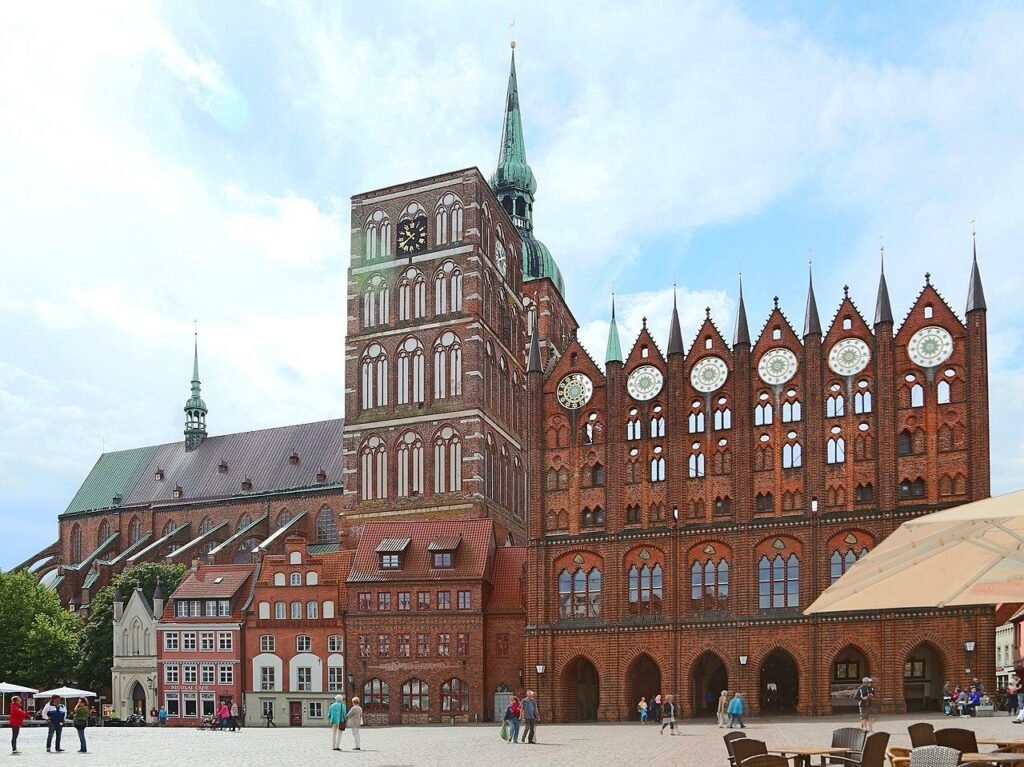
Stralsund Town Hall (Stralsunder Rathaus) is one of the city’s most important attractions. The Gothic building is located on the southern side of the Old Market Square, next to the Church of St. Nicholas. Built in the 14th century, the town hall is a testament to the former power of the townspeople. The two-story building consists of four wings. Inside there is a small rectangular courtyard. The basement of the town hall has preserved vaulted cellars, and above it the ground floor, which served commercial purposes, housed about 40 shops. The first floor was occupied by the city authorities; on the northern side was the most important room in the town hall.
St. Nicholas’ Church is one of the most recognizable landmarks in the city. St. Nicholas’ Church in Stralsund’s Old Town has a great location next to the town hall and is one of the most recognizable landmarks in the city. A Baroque dome towers over the church and church is devoted to the patron saint of sailors, St. Nicholas of Myra. Look for tributes to seafaring in the church, including depictions of Stralsund merchants who traveled to Riga to trade.
St. Mary’s Church
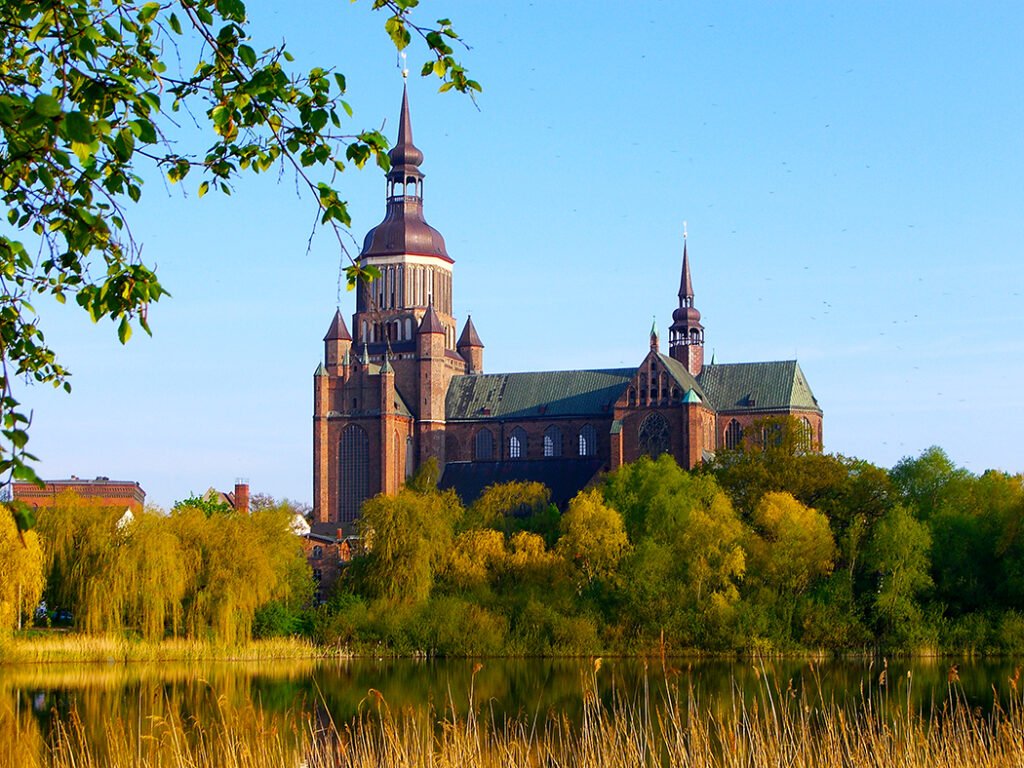
St. Mary’s Church (Marienkirche) is built sometime before 1380 and showcases remarkable Gothic architecture, serving as an outstanding example of the prevalent Brick Gothic style in northern Germany and the Baltic states. Standing at 151 meters (495 ft) tall, it held the title of the world’s tallest building between 1549 and 1647, with the exception of the period between 1569 and 1573 when the tower of St. Pierres Cathedral in Beauvais was completed and subsequently collapsed. Recognized as part of the historic center of Stralsund, the church was inscribed on the UNESCO World Heritage List in 2002.
Museum of Cultural History
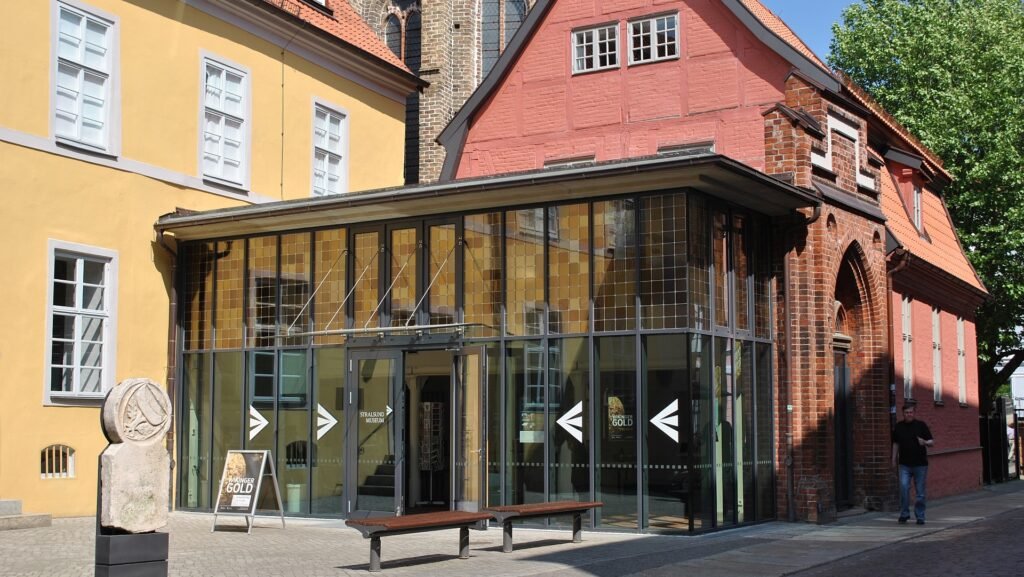
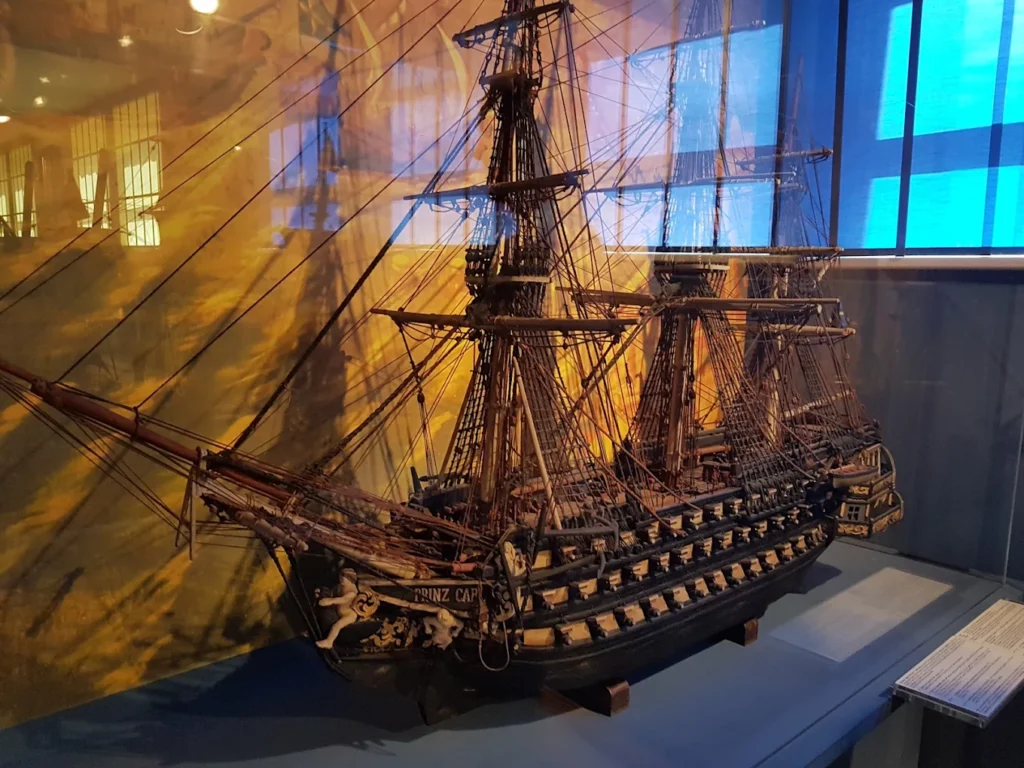
The Stralsund Museum of Cultural History showcasing the rich cultural heritage of the area. One of its highlights is the Viking treasure, known as ‘Hiddensee Gold Jewellery,’ which consists of 16 pieces dating back to the 10th century. The museum offers a fascinating tour through the city’s history and residents, housed in beautifully restored buildings like the Katharinen Monastery.
Nautineum Stralsund
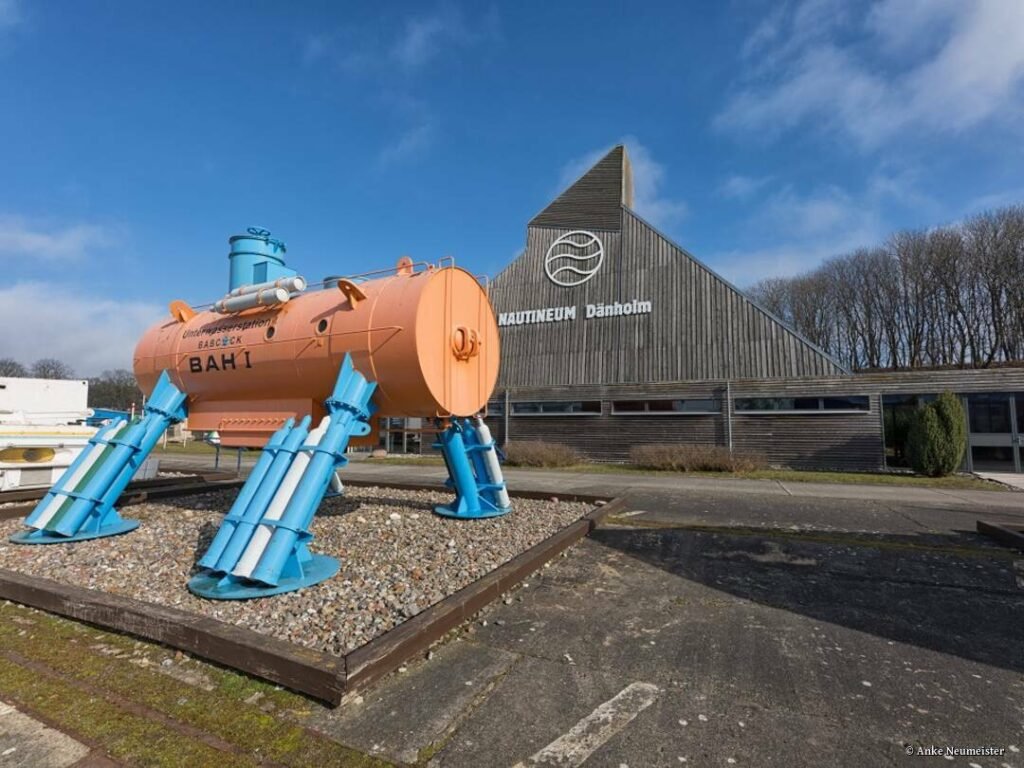
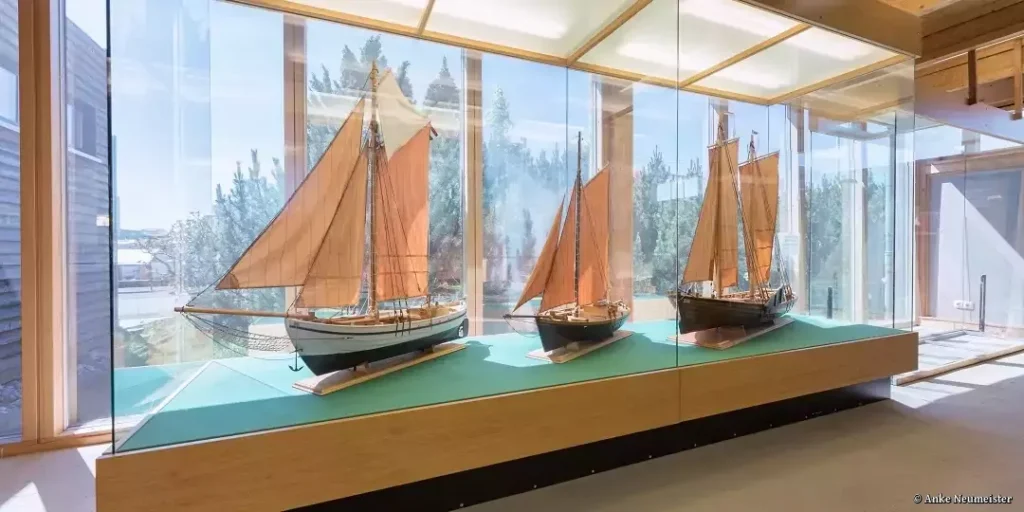
The Nautineum was built in 1998 as a branch of the German Oceanographic Museum in Stralsund. It is located in the Old Buoy Harbour of the Waterways and Shipping Office on Dänholm in Stralsund.
It presents numerous exhibits, such as boats and fishing equipment used for coastal fishing, various navigation markers and a place of fish traps used by the Stralsund fishermen. Visitors can also visit the underwater laboratory “Helgoland” and large equipment for marine research and fishing. The Nautineum also serves as a place for dissection of marine mammals.
